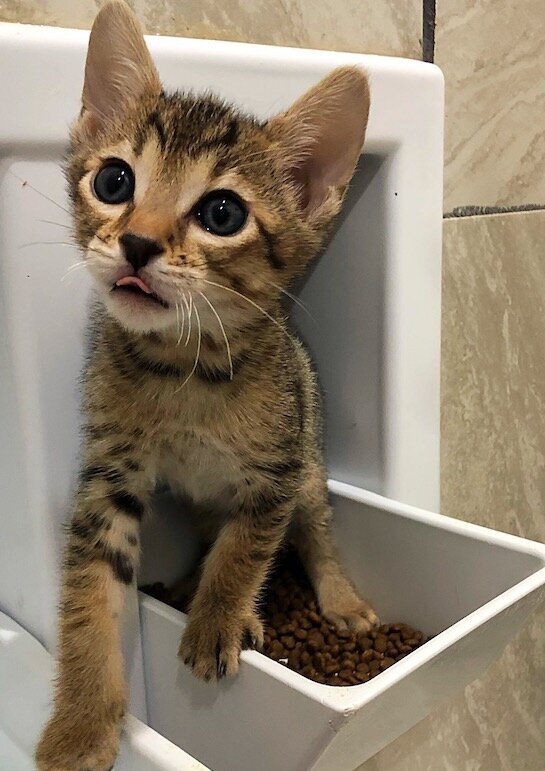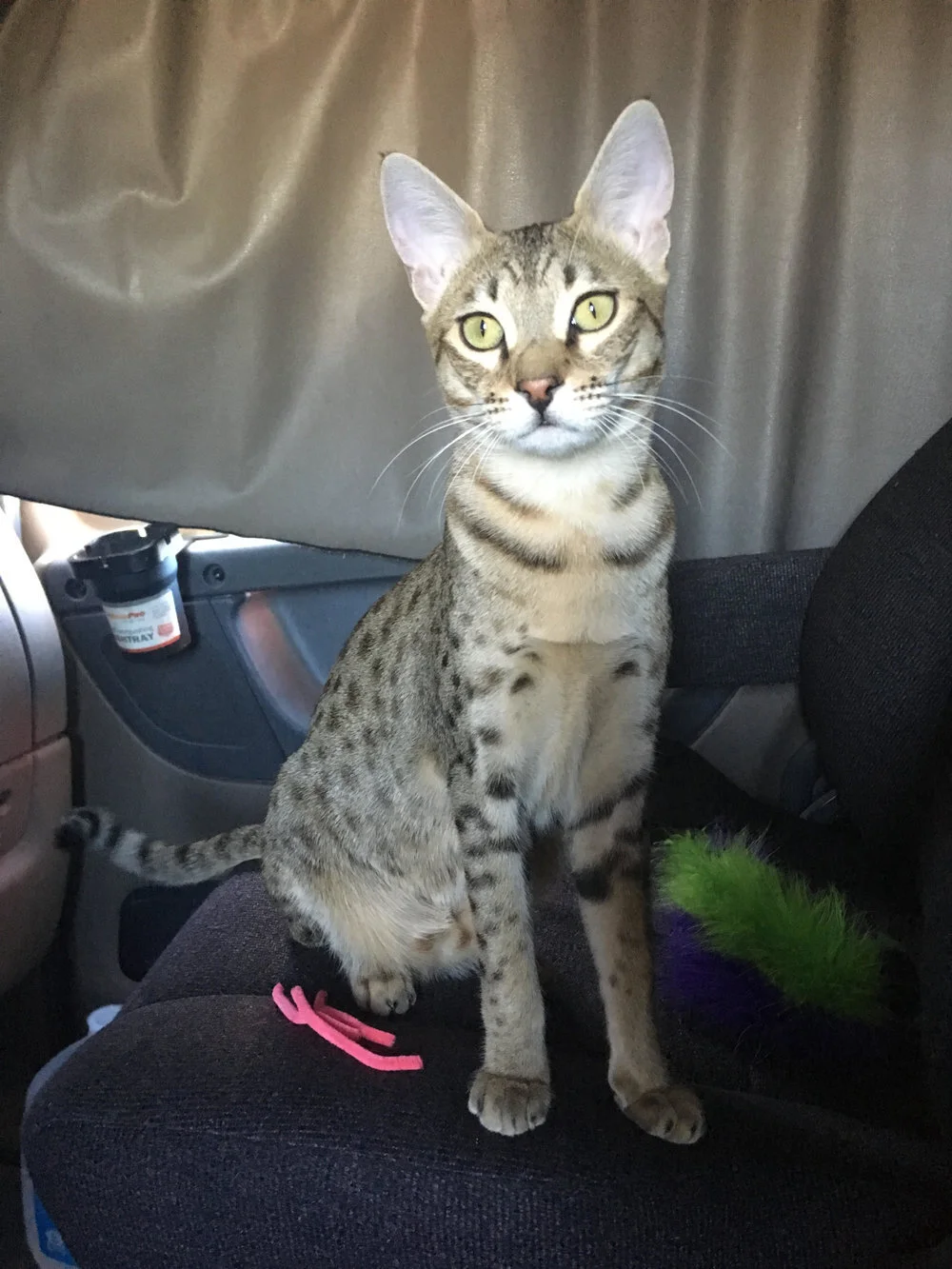If you are a cat owner, you likely understand how rewarding it is to have this furry creature in your family. Their affection and love are often wonderful incredible benefits; however, as a pet owner, it is also important to you to understand your role in this relationship. These small creatures are reliant on you to make all of the decisions that affect their health and wellness. Here are 6 tips that can help improve their overall health, happiness and energy levels that can help you give them the life they deserve.
Well-Balanced Diet
For many pet owners, knowing what to feed your cat can sometimes be tricky. Not only can kitties be a bit picky, but you also need to find the right balance of nutrients. You need to find the right balance of ingredients in their meals. It is key to find options that are low in carbohydrates and fillers and higher in the ratio of protein and fats like Solid Gold. Make sure that their diet supports a healthy system and gives them the energy that they need to play, cuddle and go about their days.
Water Sources
It is not surprising the hydration is a key part of keeping your cat happy and healthy. Kitties will get quite a good bit of their hydration through wet food, and you need to monitor how much wet food and water they are consuming to the best of your abilities. Cats may consume water in a few different forms from bowls of stagnant water around, small kitty water fountains from the tap. You should always have one form of water available for their use at their leisure.
Their Own Space
Kitties are very territorial creatures, and they need to have their own bed or space away from other pets and humans. Having somewhere they can retreat to can help them navigate stressful situations and help them feel safe. Make sure that you find spaces for them to feel comfortable that they can consider their own.
Play Time
Cats spend a significant amount of their time resting and this can often be deceiving for pet parents. While your kitty may need naps, they also need playtime. Much like their human owners, staying active and getting exercise can help them maintain a healthy weight, reduce their risk of dangerous health conditions and keep them happier. While your cat will need playtime, you can also benefit from this, as playing with cats can be incredibly amusing and fun for you as well.
Engagement and Mental Stimulation
Cats were once wild creatures who roamed the earth, exploring and venturing off on their own. While cats have largely been domesticated, their instincts and behaviors are still rooted in their desire to explore. You need to let their natural instincts thrive and find a happy medium between their needs and yours. For indoor cats, there are plenty of ways to keep them engaged and stimulated and everything from cat trees, platforms, backyard engagement enclosures or mentally stimulating toys to help keep them energized, healthy and happy. Not only will this improve their life, but it also can reduce the likelihood of behavioral issues.
A Safe Home Environment
A cat’s natural desire to explore can be a wonderful thing, but it can also present challenges. Cat owners need to be vigilant to ensure that their home is safe and keep toxins away. While cleaning products and other household toxins may seem obvious, cat owners also need to be cognizant of certain types of plants and foods like chocolate, grapes and garlic that can cause tremendous harm if ingested. Make sure that you pet-proof your home as any exposure to harmful agents can cause significant harm to their health and safety.
As a pet parent, there are many things that you need to do to ensure that your furry family member can thrive. Everything from keeping them well-fed to ensuring that you have an engaging space to removing potential risks, there are many things that you need to account for. Do the research that is necessary to have a safe and healthy space for your kitty.
Click on the links in the article to see where it takes you.
Until our next cat convo
















